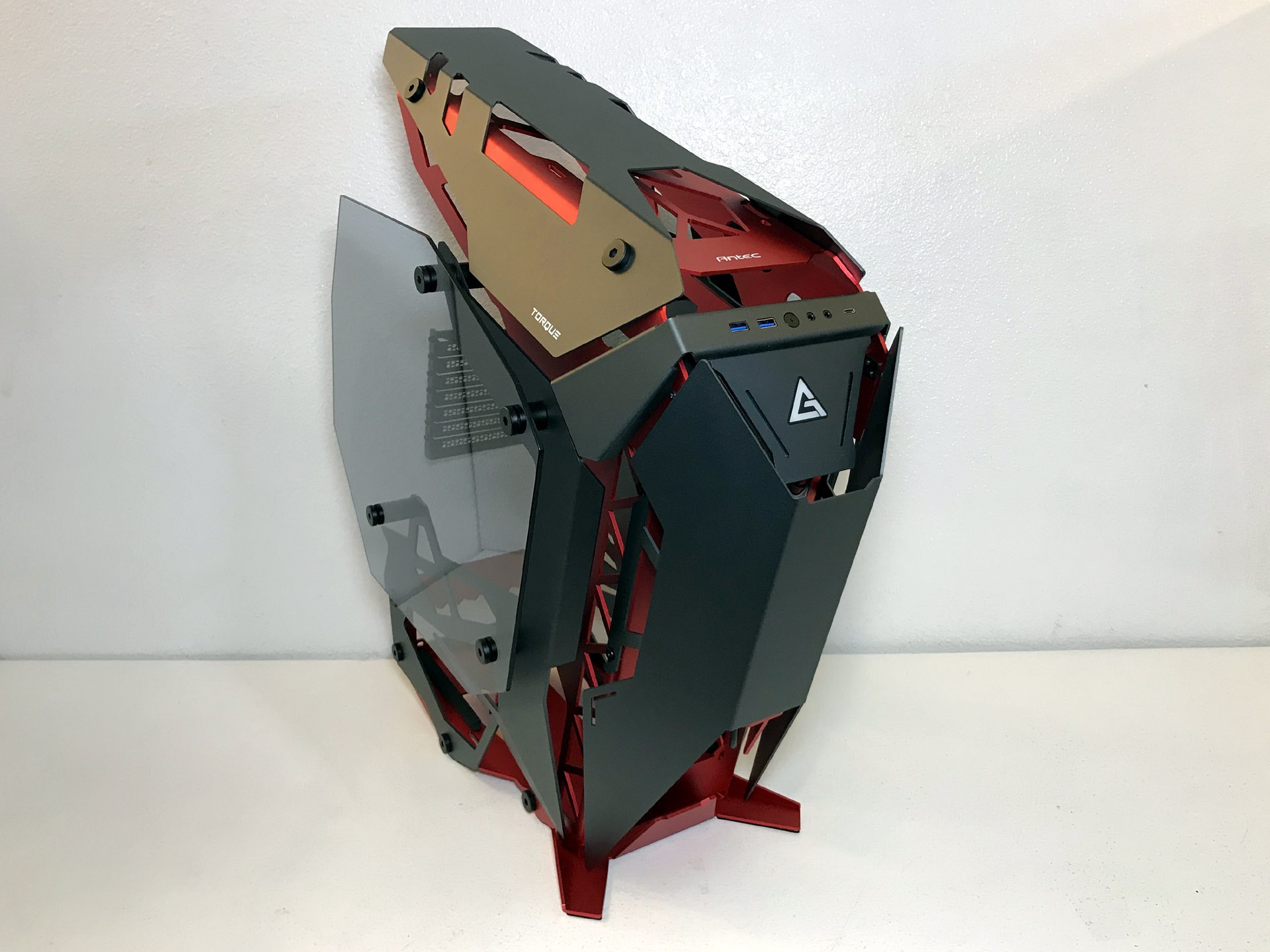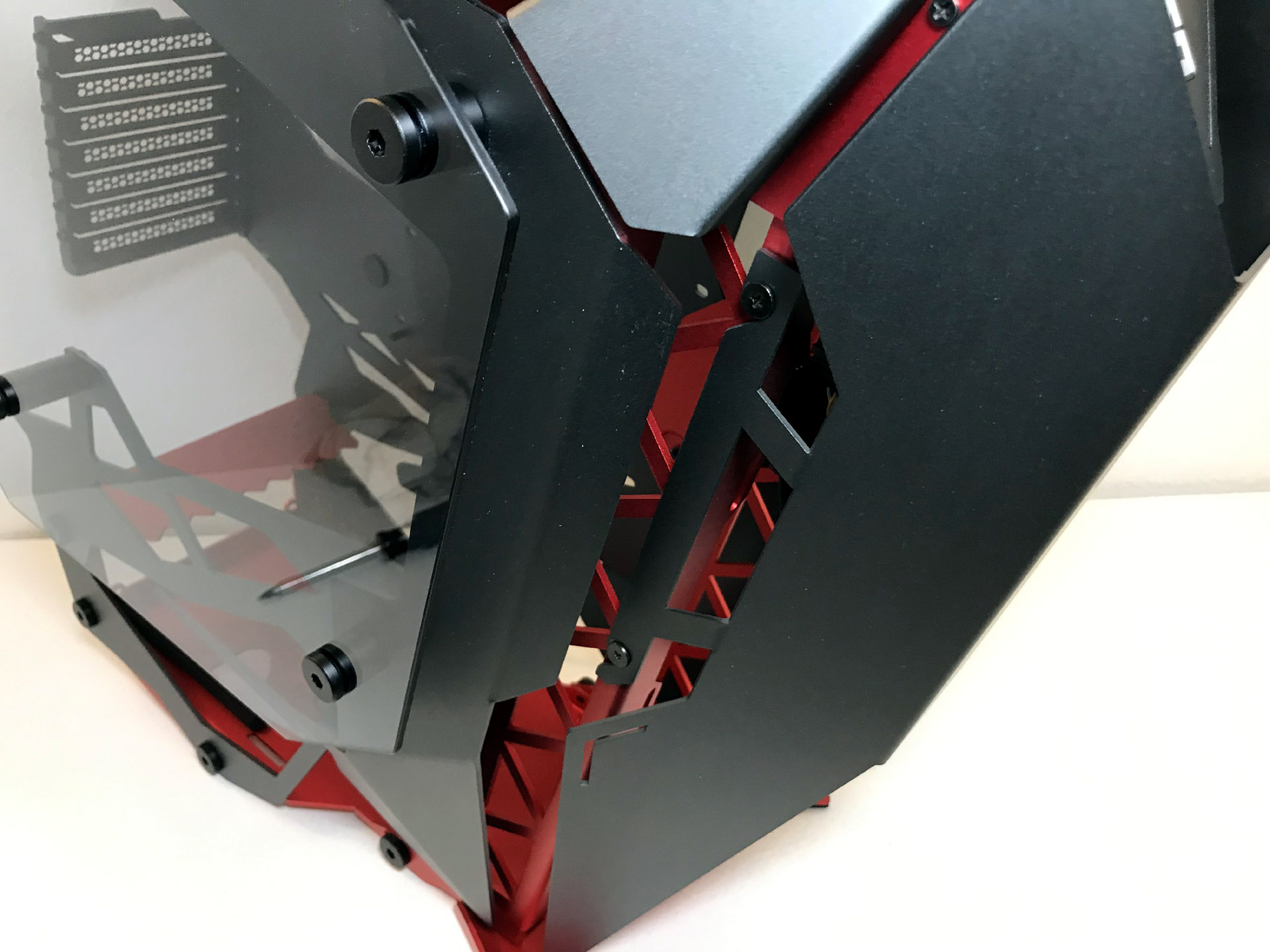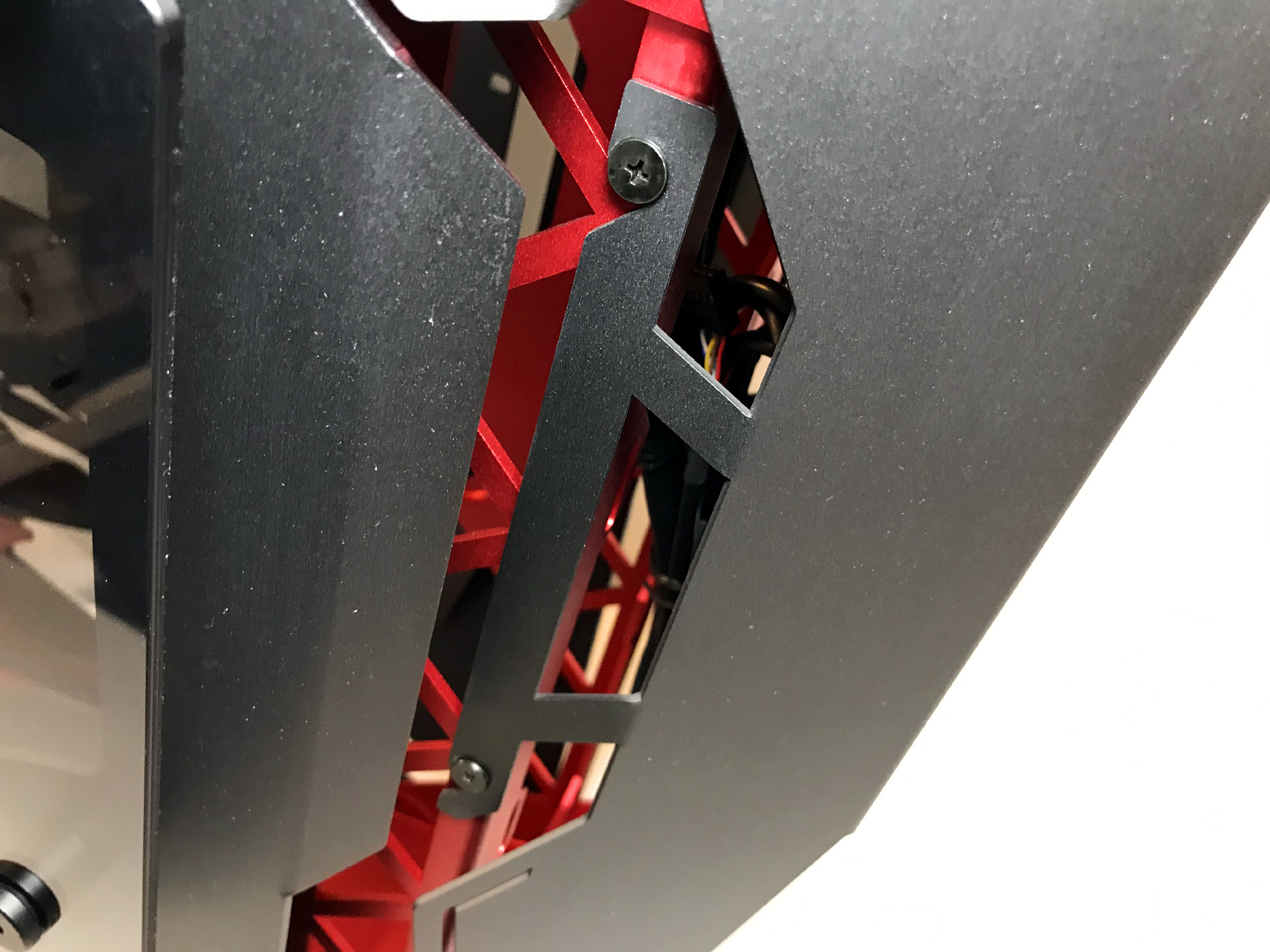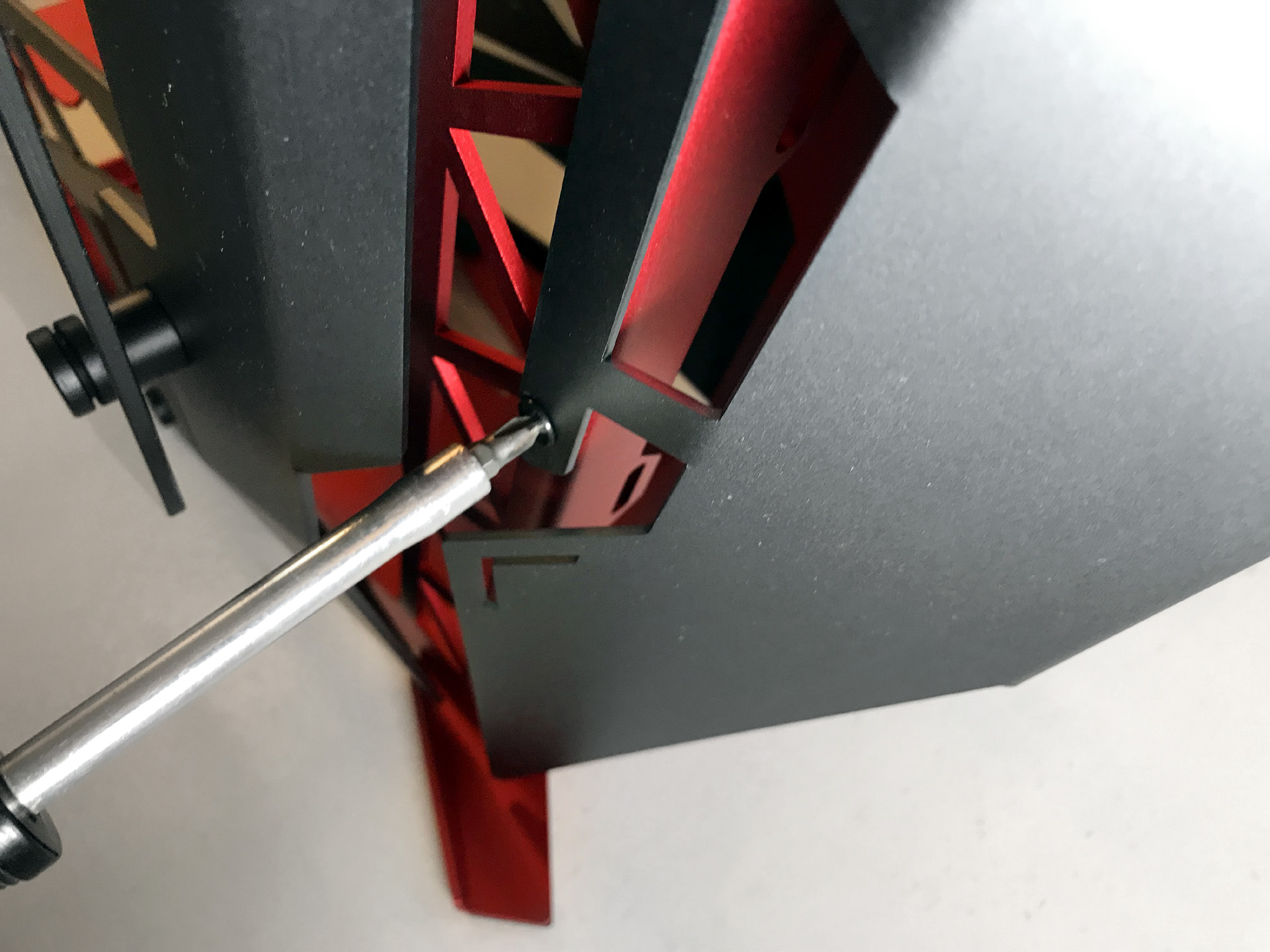Tom's Hardware Verdict
We like its over-the-top styling, class-leading thermal performance, and the inclusion of a USB 3.1 Type-C port. But this chassis is a dirt, dust and pet-hair magnet that also lacks features common in most high-end cases. It's difficult to recommend at its current $350 price.
Pros
- +
Good thermal performance
- +
Distinct Design
- +
Two tempered-glass side panels
- +
USB 3.1 Type-C
Cons
- -
No fans
- -
No Fan Hub
- -
No RGB Lighting
- -
Poor acoustic performance
- -
Supports just two storage drives
- -
High price
Why you can trust Tom's Hardware
Features and Specifications
If "normal" isn't your thing, the Antec Torque might be just what you are looking for. With its open-air design, aluminum alloy construction and superbike styling, it's is safe to say this chassis will stand out, wherever you put it. It could be the foundation for an impressive high-performance system build, but you'll need to look past several shortcomings, plus a price that's much higher than similarly designed alternatives.
Specifications
| Type | Mid-Tower |
| Motherboard Support | Mini-ITX, Micro-ATX, ATX |
| Dimensions (HxWxD) | 24.5 x 11.2 x 25.4 inches (621 x 285 x 644 mm) |
| Space Above Motherboard | 1.5 inches (37mm) |
| Card Length | 17.7 inches (450mm) |
| CPU Cooler Height | 8.5 inches (215mm) |
| Power Supply Format | ATX |
| Weight | 20.6lbs (9.35kg) |
| External Bays | ✗ |
| Internal Bays | 1x 3.5" / 1x 2.5” |
| Card Slots | 7x |
| Ports/Jacks | 1x USB 3.1 Gen 22x USB 3.0audio/mic jacks |
| Other | ✗ |
| Front Fans | ✗ (Up to 3x 120mm) |
| Rear Fans | ✗ |
| Top Fans | ✗ (Up to 3x 120mm) |
| Bottom Fans | ✗ |
| Side Fans | ✗ |
| Damping | ✗ |
| Warranty | 2 years |
Exterior
With the exception of its tempered glass side panels, the Antec Torque is constructed entirely out of laser-cut aluminum alloy panels. Powder-coated red with gunmetal grey accent panels, the trapezoid-shaped case measures 621 x 285 x 644 mm (HxWxD) and weighs just shy of 21 pounds. Unlike other similarly styled cases (like the Cougar Conquer) , the Torque's frame is made up of several aluminum panels fastened together with screws.


The top of the chassis is bare except for a dark-grey aluminum panel that covers three open 120mm fan holes. The area between the top panel and the front panel is slanted at a 45-degree angle. This space is home to two USB 3.0 ports, headphone and microphone jacks, a power button, and a single USB 3.1 Type-C port.
As with the top of the case, the front of the chassis is covered by a dark grey aluminum panel that covers three open 120mm fan holes. The upper portion of the top panel is fitted with a led-lit logo.




The removable front panel consists of a solid piece of aluminum that has large unfiltered slots lining both sides for ventilation. Large openings located at the top and bottom of the front panel provide an unrestricted path for fresh air to be drawn into the chassis. Directly behind the front face are mounts for three 120mm fans, though none are included in the box. The front panel is held in place by four Philips head screws.



The tinted tempered-glass side panels are held in place by large aluminum-alloy thumbscrews. We highly recommend laying this case on its side when removing the tempered glass panels. This is due to the fact that, although rubber grommets line the holes in the tempered glass, there is nothing to hold the panel in place and prevent the glass against accidental drops.



Directly below the expansion card bracket is the power supply mount. Since this is an open-air chassis, there is no filtration system in place here, either. This means that there is nothing at all preventing dust, debris and pet hair from falling into your system or spilling directly onto your exposed hardware.
Get Tom's Hardware's best news and in-depth reviews, straight to your inbox.
Want to comment on this story? Let us know what you think in the Tom's Hardware Forums.
MORE: Best Cases
MORE: All Case Content
Current page: Features and Specifications
Next Page Hardware Installation and Test ConfigurationSteven Lynch is a contributor for Tom’s Hardware, primarily covering case reviews and news.
